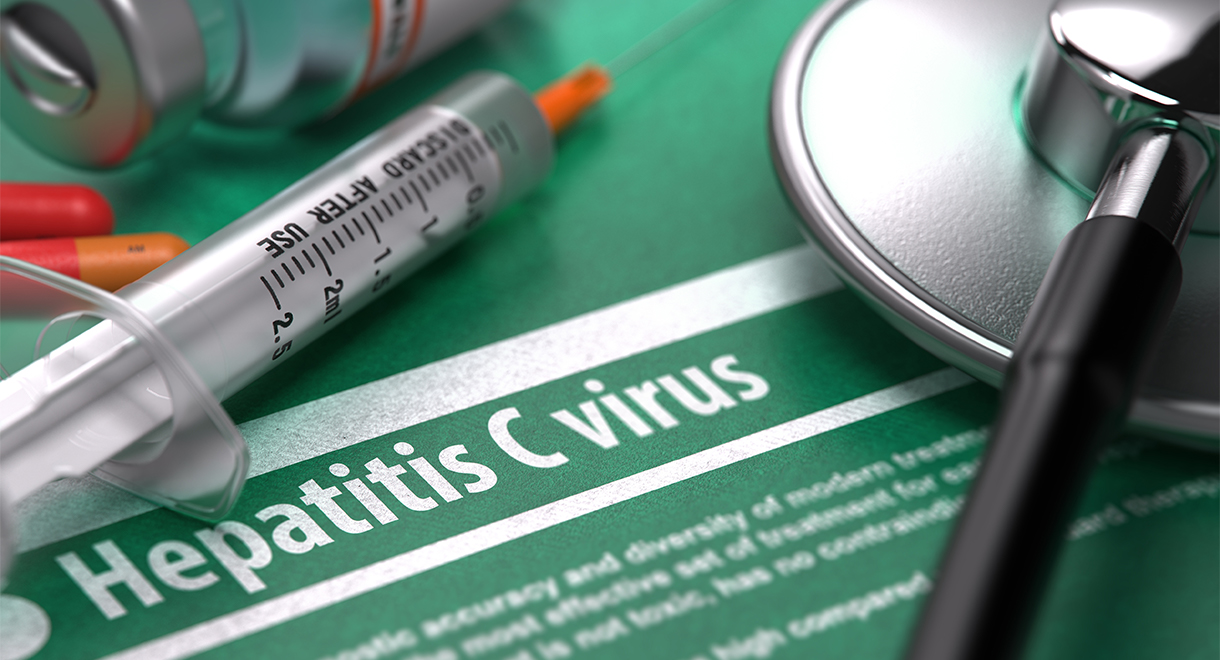

Hepatitis C Raises Risk Of Type 2 Diabetes
People with hepatitis C are at risk of one day developing cirrhosis of the liver or liver cancer. It is very typical to gain weight as a result of having hepatitis C, especially weight around the torso. This is because the virus can promote the development of insulin resistance. Over time, insulin resistance can become so significant that a person becomes a diabetic. Diabetes then worsens liver inflammation.
The hepatitis C virus infects liver cells and causes liver inflammation. Hepatitis C is most commonly transmitted among intravenous drug users through sharing needles, but also through non-sterile tattooing or body piercing. It is also possible to contract hepatitis C through contact with infected blood, or sexual contact. There is no vaccine for hepatitis C.
Hepatitis C increases the risk of liver cancer, and people with both hepatitis C and diabetes are at far higher risk of developing liver cancer. Insulin resistance and diabetes both increase the amount of scar tissue present in the liver; scar tissue can progress to cirrhosis of the liver. Research has also shown that people with insulin resistance or type 2 diabetes have a poorer response to antiviral therapy than people without these conditions. Insulin resistance basically means having high blood insulin levels and higher than ideal blood sugar. These conditions promote high levels of inflammation in the body, and inflammation hastens the progression of liver disease.
Signs and symptoms of pre-diabetes
More than one in four Americans and Australians has insulin resistance (pre-diabetes). An official diagnosis is made if a person meets three or more of the following five criteria:
- Abdominal obesity (waist circumference greater than 88cm (34 inches) in women & greater than 102cm (40 inches) in men)
- High blood pressure (greater than 130/85mmHg)
- High triglycerides (greater than 1.69mmol/L or greater than149mg/dL)
- Low HDL (“good”) cholesterol (less than 50mg/dL in women and less than 40mg/dL in men)
- Elevated fasting glucose ( greater than 5.5mmol/L or greater than 99mg/dL)
How to avoid becoming a diabetic
The following recommendations will also help to lower your blood sugar if you already have diabetes. Maintaining a healthy weight and preventing high blood sugar is vital to reduce the risk of liver complications from hepatitis C.
- Minimize sugar, breakfast cereals and foods made of flour. These foods are extremely high in carbohydrate and raise your blood sugar level when you eat them. Over time, this can lead to elevated blood insulin levels and abdominal weight gain. See our book Diabetes type 2: You can reverse it naturally for a low carbohydrate eating plan. Sugar and carbohydrate cravings are a big problem for some people. Glicemic Balance capsules help to stabilize blood sugar, thus preventing cravings.
- Do some exercise most days of the week. Exercise will help to prevent your blood sugar getting too high, it helps to prevent high insulin levels and enables weight loss. Weight gain in the abdominal region is particularly harmful to hepatitis C patients.
- Berberine is a plant extract that helps reverse insulin resistance, and it reduces scarring in the liver. In clinical trials it performs better than some diabetes medication.
- Take a selenium supplement. Selenium inhibits the ability of viruses to replicate, therefore it’s essential for hepatitis C patients to consume plenty of this mineral. It is very difficult to get adequate selenium through food; Brazil nuts are the best dietary source.
- Avoid alcohol and cigarettes. These substances are extremely harmful to the liver in people with hepatitis C.
The above statements have not been evaluated by the FDA and are not intended to diagnose, treat or cure any disease.
Know someone who might benefit from this article? Share it!
2 Comments
Need Help?
1-888-75-LIVER
Monday to Friday, 9:00 am to 5:00 pm MST
100%
Satisfaction Guaranteed
If it’s faulty or wrongly described, we’ll replace it.











Good food doesn’t have to be expensive, and if you have the money for sugary snacks you are able to fortify your diet with nutrient dense foods like eggs.
Most of your concerns may have been able to be helped if you had chosen to address them earlier.
Crohn’s disease tends to flare when inflammation is present, and this often leads to nutrient malabsorption which may account for you not being overweight, but you are very likely to be undermuscled.
Diets high in sugar feed the bad bacteria that often makes it worse.
The awful vaginal odor may be candida, and this is far more controllable with a low sugar diet.
This food situation is very changeable if you choose to and you may be surprised how much better you may feel after it becomes more normal.
Please drink at least 3 pints of water every day, but not as any sweetened liquid.
Please send another post if you want to begin taking some supplements.
Kind regards
Victoria
Naturopath for Dr Sandra Cabot MD